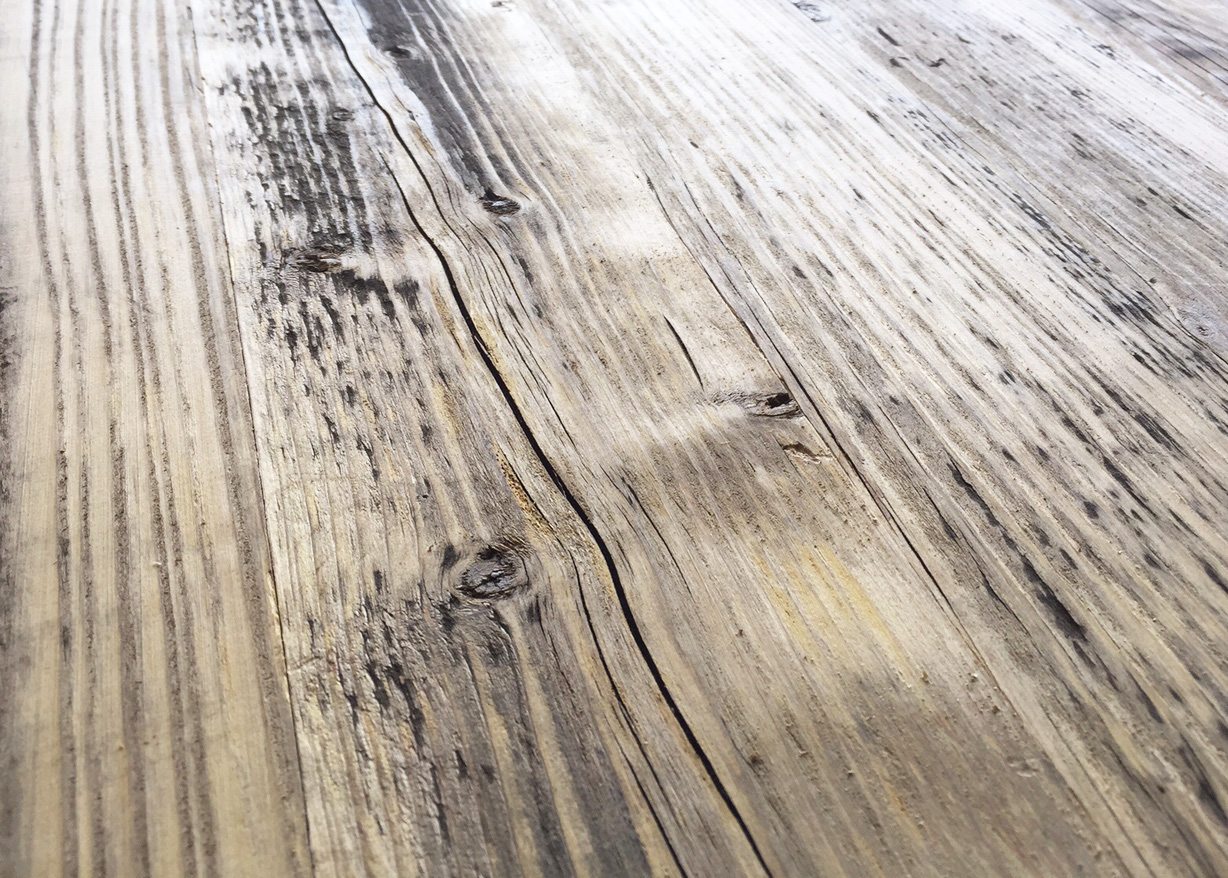 Bob Villa recently commented on the virtues of softwood flooring that is even more relevant to the realm of reclaimed; “If you think that installing hardwood flooring is a budget buster, think again. Although hardwoods such as Oak, Ash and Beech (or reclaimed Chestnut, Cherry and Ipe) is pricey, softwood flooring such as Spruce, Pine and Hemlock is less. There’s a trade off though, softwood floors are just that, soft, and more susceptible to scratches and dents. But most people feel that just adds to the rustic charm. One other plus is that they’re more environmentally friendly than hardwoods. If that sounds appealing and you won’t mind a little of the existing wear and tear, then softwood flooring may be a good choice.”
Bob Villa recently commented on the virtues of softwood flooring that is even more relevant to the realm of reclaimed; “If you think that installing hardwood flooring is a budget buster, think again. Although hardwoods such as Oak, Ash and Beech (or reclaimed Chestnut, Cherry and Ipe) is pricey, softwood flooring such as Spruce, Pine and Hemlock is less. There’s a trade off though, softwood floors are just that, soft, and more susceptible to scratches and dents. But most people feel that just adds to the rustic charm. One other plus is that they’re more environmentally friendly than hardwoods. If that sounds appealing and you won’t mind a little of the existing wear and tear, then softwood flooring may be a good choice.”
